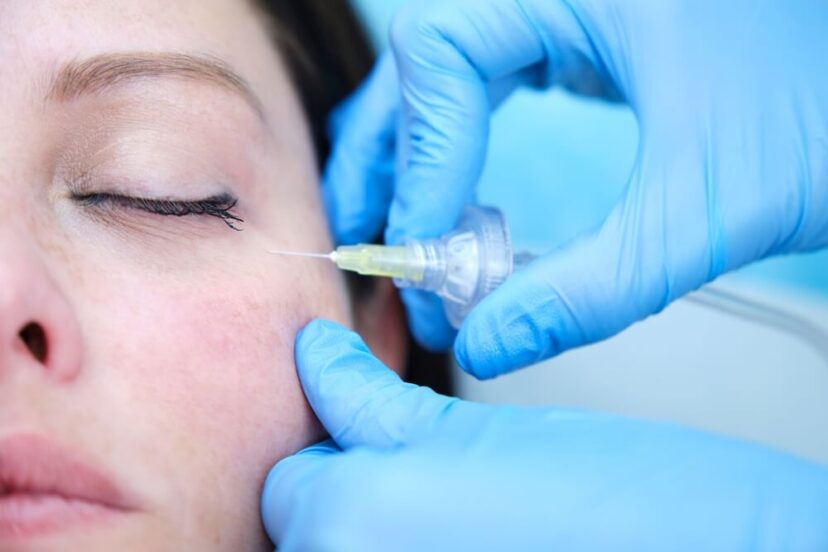Carboxytherapy: Healing Your Deep Plane Facelift
The Use of Carboxytherapy & Your Deep Plane Facelift
Carboxytherapy, the therapeutic use of carbon dioxide (CO₂) gas injections, has gained attention as a potential adjunct treatment to enhance recovery following a deep plane facelift. Here’s how it can aid in the recovery process:
- Improved Blood Flow and Oxygenation
Carboxytherapy involves injecting small amounts of CO₂ gas subcutaneously. The body responds to the presence of CO₂ by increasing blood flow to the treated area to enhance oxygen delivery and remove the excess gas. Enhanced blood flow can promote faster healing of surgical wounds by delivering more oxygen and nutrients necessary for tissue repair.
- Reduction of Swelling and Bruising
Post-surgical swelling and bruising are common after a deep plane facelift. Carboxytherapy can help minimize these issues by improving microcirculation and promoting lymphatic drainage, which helps in the faster removal of excess fluids and metabolic waste products from the treated area.
- Enhanced Collagen Production
The microtrauma caused by CO₂ injections stimulates the skin’s natural healing response, including the production of collagen. Increased collagen synthesis can improve skin elasticity and firmness, contributing to better overall results from the facelift and potentially extending its longevity.
- Pain Relief and Reduced Discomfort
Carboxytherapy may also provide some pain relief by reducing local inflammation and improving tissue oxygenation. This can lead to less discomfort during the recovery period, allowing for a more comfortable healing process.
- Scar Reduction
By enhancing tissue repair and collagen production, carboxytherapy can potentially reduce the appearance of scars. Improved blood flow and oxygenation help in the more efficient and effective healing of incision sites, leading to finer, less noticeable scars.
Mechanism of Action
- Injection of CO₂: Tiny needles inject CO₂ gas into the subcutaneous tissue.
- Bohr Effect: The presence of CO₂ in the tissues leads to the release of oxygen from hemoglobin (Bohr effect), increasing local oxygen availability.
- Vasodilation: CO₂ causes vasodilation, expanding blood vessels and improving circulation.
- Microcirculation: Enhanced microcirculation accelerates the removal of metabolic waste and fluids, reducing swelling and bruising.
- Collagen Stimulation: The injections stimulate fibroblast activity, increasing collagen production for improved skin structure and elasticity.
Typical Protocol
- Sessions: Patients may undergo several sessions of carboxytherapy, spaced days or weeks apart, depending on individual needs and the extent of the surgery.
- Post-Surgical Timing: It is generally recommended to start carboxytherapy after the initial phase of healing, once primary inflammation and the risk of infection have subsided.
Considerations
- Safety: Carboxytherapy is generally considered safe with minimal side effects, such as temporary redness or swelling at the injection sites.
- Consultation: It is crucial for patients to consult with their plastic surgeon and a qualified carboxytherapy practitioner to determine the appropriate timing and protocol for their specific case.
In summary, carboxytherapy can be a valuable tool in the recovery process after a deep plane facelift by enhancing blood flow, reducing swelling and bruising, stimulating collagen production, and improving overall healing outcomes.




